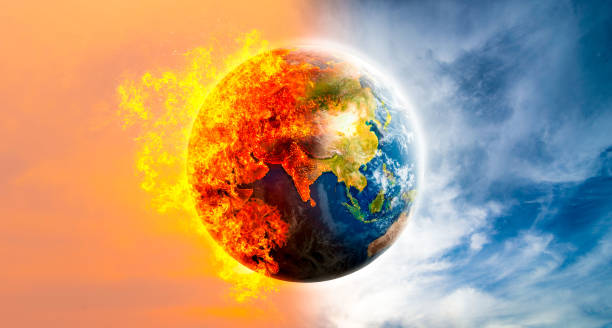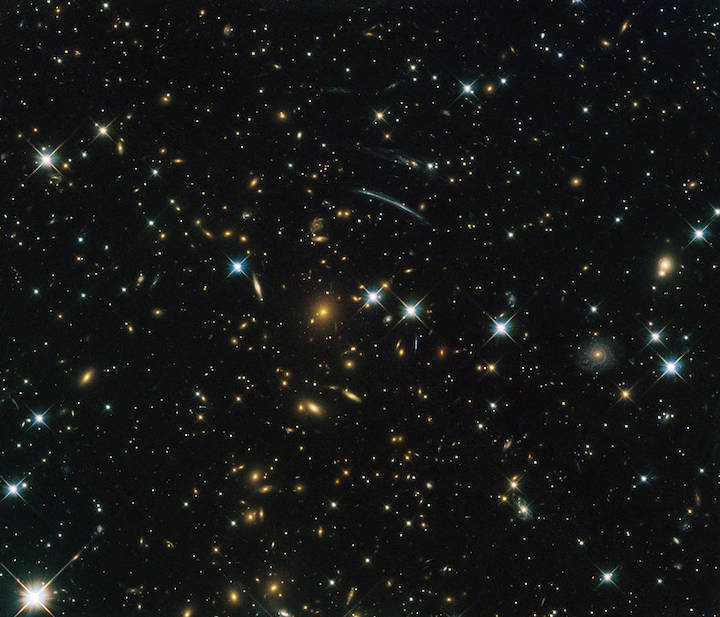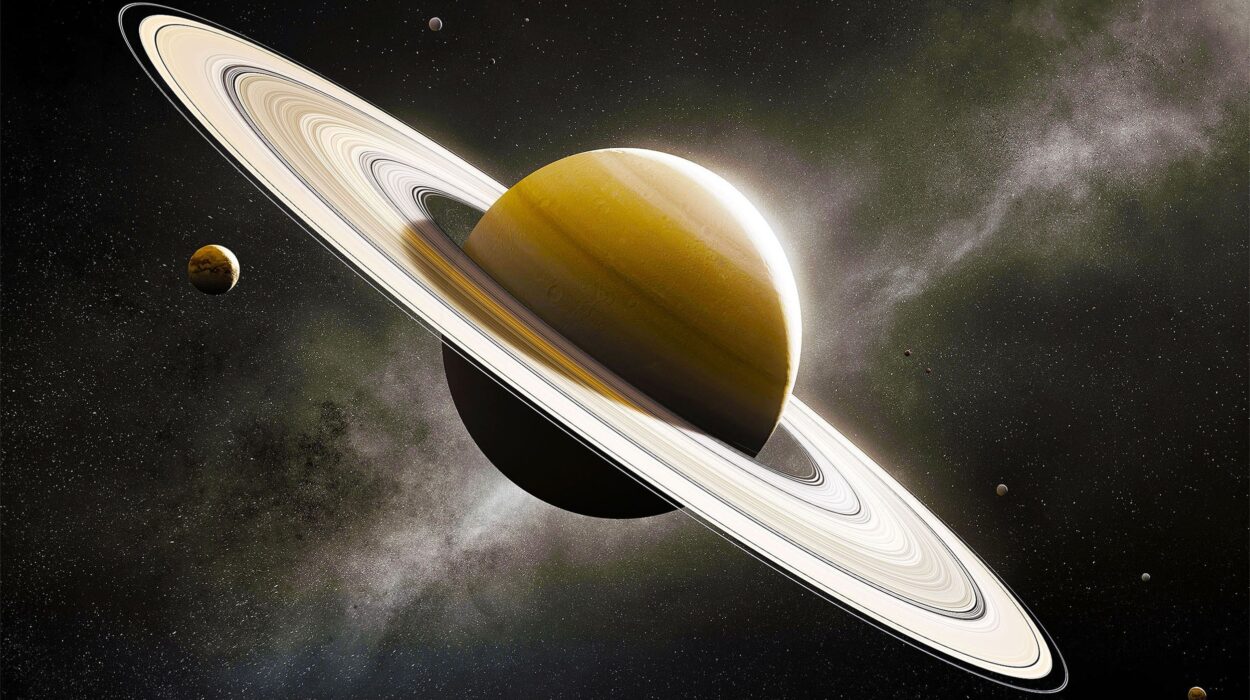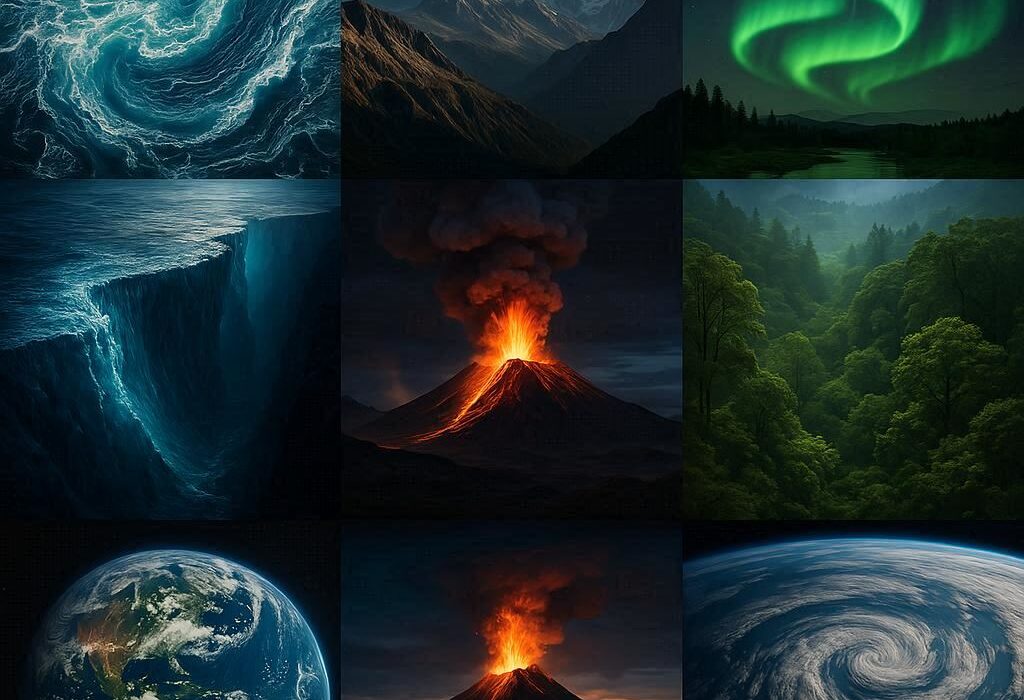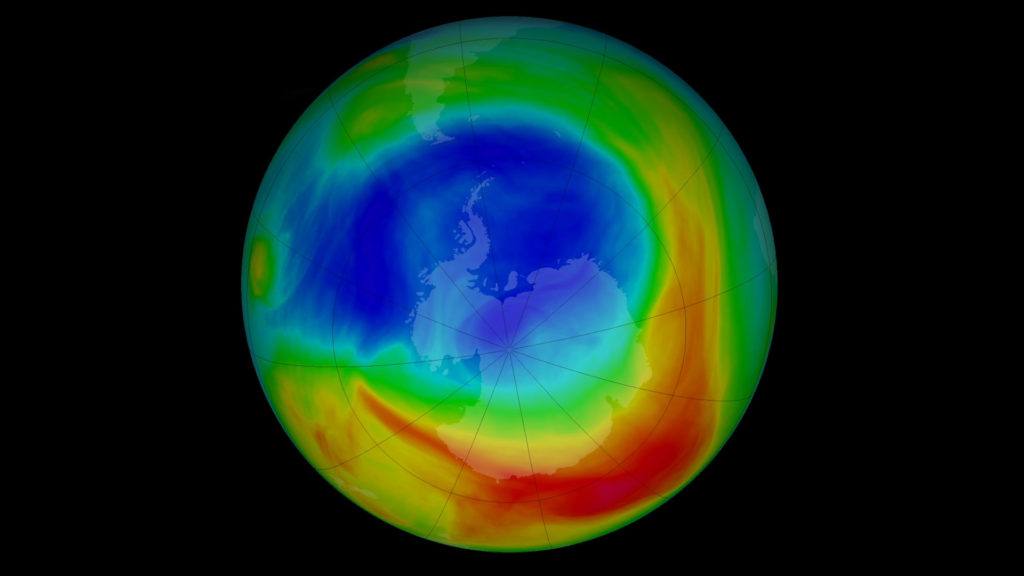The 21st century has been a turning point in human history—an era when the reality of our impact on the planet became impossible to ignore. With every passing year, science has peeled back another layer of Earth’s fragile systems, showing us both the dangers of environmental destruction and the resilience of nature. These discoveries are more than just scientific milestones; they are warnings, opportunities, and calls to action. They tell us stories of melting ice, vanishing species, invisible pollutants, and global systems under stress. Yet they also reveal new ways to heal the Earth, protect ecosystems, and build a sustainable future.
Here, we will journey through twelve of the most important environmental discoveries of the 21st century. Each one has reshaped our understanding of the planet and challenged humanity to rethink its relationship with the natural world.
1. The Rapid Acceleration of Climate Change
Though scientists have been studying climate change since the 20th century, the 21st century brought an avalanche of evidence that the crisis is unfolding much faster than expected. Global temperatures are rising at unprecedented rates, with the past two decades producing some of the hottest years on record.
Satellite data, ice core studies, and advanced climate models confirmed that human activities—primarily the burning of fossil fuels—are the dominant cause. The Intergovernmental Panel on Climate Change (IPCC) has made it clear: global warming is no longer a distant threat; it is happening here and now.
This discovery was more than just data on a graph. It changed the way governments, businesses, and individuals viewed the environment. Heatwaves, wildfires, and floods around the world bear witness to a planet out of balance. The realization that climate change is accelerating has become one of the defining environmental wake-up calls of our era.
2. The Alarming Shrinkage of Polar Ice Caps and Glaciers
At the dawn of the century, scientists knew that ice was melting, but they did not expect the pace to be so dramatic. Observations from satellites and expeditions revealed that both the Arctic and Antarctic ice sheets are shrinking far faster than projected.
In Greenland, glaciers are retreating at accelerating speeds, dumping vast amounts of freshwater into the ocean. In Antarctica, massive ice shelves have collapsed, raising fears about global sea-level rise. The Arctic Ocean is losing sea ice at such a rate that summers could soon become ice-free within decades.
This discovery reshaped climate science by showing that the Earth’s cryosphere—the frozen parts of the planet—is far more sensitive to warming than previously believed. It also has profound consequences for global weather, ocean currents, and coastal cities.
3. The Rising Tide of Ocean Acidification
The oceans, which cover more than 70% of Earth’s surface, have absorbed nearly a third of the carbon dioxide humans have released since the Industrial Revolution. In the 21st century, scientists confirmed that this CO₂ absorption is changing the very chemistry of seawater, making it more acidic.
This process, known as ocean acidification, is one of the most significant environmental discoveries of the century. Coral reefs, already under pressure from warming waters, are dissolving as acidification weakens their calcium carbonate skeletons. Shellfish and plankton, the foundation of marine food webs, struggle to form protective shells.
The discovery that human emissions are altering the oceans at a chemical level forced the world to recognize the interconnectedness of climate change and marine ecosystems. It revealed that the consequences of fossil fuel use extend far beyond the atmosphere, reaching into the heart of the seas that sustain life.
4. Microplastics: The Invisible Pollution
In the early 2000s, scientists began detecting tiny plastic particles—less than five millimeters in size—in oceans, rivers, and even in the air. These microplastics are created when larger plastics break down or are manufactured as microbeads in personal care products.
By the 2010s, the scope of the problem became clear: microplastics are everywhere. They are in drinking water, in the food chain, and even inside human bodies. Researchers have found them in Arctic ice, on the deepest ocean floors, and in the lungs and bloodstreams of people.
The discovery of microplastics redefined our understanding of pollution. Unlike oil spills or visible garbage, microplastics are nearly impossible to clean up, and their long-term effects on health remain uncertain. This revelation sparked global movements to ban single-use plastics and microbeads, highlighting the urgent need to rethink humanity’s relationship with plastic.
5. The Sixth Mass Extinction Is Underway
Biodiversity has always fluctuated over Earth’s history, but scientists discovered in the 21st century that species are disappearing at rates comparable to past mass extinctions. The causes are well-documented: habitat destruction, climate change, pollution, poaching, and invasive species.
Amphibians, in particular, have suffered catastrophic declines due to a fungal disease known as chytridiomycosis. Insects, vital to pollination and ecosystems, are vanishing in what some scientists call an “insect apocalypse.” Iconic animals such as elephants, tigers, and rhinos face mounting threats, while coral reefs—the rainforests of the sea—are dying at alarming rates.
The recognition that we are living through a human-driven mass extinction was one of the century’s most sobering discoveries. It forces us to grapple with the reality that human activity is not just altering ecosystems but fundamentally reshaping the fabric of life on Earth.
6. The Discovery of Planetary Boundaries
In 2009, an international team of scientists introduced the concept of planetary boundaries—a framework identifying nine environmental thresholds within which humanity must operate to avoid destabilizing Earth’s systems. These include climate change, biodiversity loss, freshwater use, and chemical pollution.
The discovery of planetary boundaries was revolutionary because it offered a clear scientific framework for understanding the limits of Earth’s resilience. Crossing these boundaries, the researchers warned, could lead to irreversible environmental change.
Since then, multiple boundaries have already been breached, including those related to climate change, nitrogen cycles, and biodiversity. This framework has become a cornerstone of environmental science, policy, and sustainability, reshaping the way humanity thinks about living within ecological limits.
7. The Expansion of Dead Zones in the Oceans
Another alarming discovery of the 21st century was the rapid expansion of ocean dead zones—areas where oxygen levels are too low to support most marine life. These zones are caused by nutrient pollution, primarily from agricultural fertilizers and sewage, which trigger algal blooms that deplete oxygen when they decompose.
In the early 2000s, fewer than 150 dead zones were documented. Today, scientists have identified over 500, covering vast stretches of coastal waters. Some of the largest occur in the Gulf of Mexico, the Baltic Sea, and the Arabian Sea.
The discovery of expanding dead zones revealed how human activities on land directly disrupt ocean ecosystems. It also raised concerns about fisheries, food security, and the health of coastal communities that depend on the sea.
8. The Critical Role of Indigenous Knowledge
In recent decades, science has increasingly recognized the profound contributions of Indigenous peoples to environmental stewardship. Studies in the 21st century have confirmed that Indigenous-managed lands often contain higher biodiversity and healthier ecosystems than areas managed by governments or corporations.
For example, Amazonian tribes have been shown to maintain forests that act as critical carbon sinks, while Arctic Indigenous communities contribute vital knowledge about changing ice conditions. This discovery reshaped conservation science by highlighting that modern environmental management cannot succeed without respecting Indigenous wisdom and rights.
Acknowledging the role of Indigenous knowledge was not just a scientific breakthrough but a cultural one. It emphasized that sustainability is not only about technology and policy but also about honoring traditions that have safeguarded ecosystems for millennia.
9. The Global Freshwater Crisis
In the 21st century, scientists confirmed that freshwater—the most essential resource for life—is under unprecedented stress. Studies revealed that aquifers, which supply drinking water to billions, are being depleted faster than they can recharge. Rivers like the Colorado, Nile, and Yangtze are being stretched to their limits by agriculture, industry, and population growth.
Satellite technology, such as NASA’s GRACE mission, has been critical in mapping groundwater loss worldwide. These discoveries underscored a sobering truth: water scarcity is not just a problem for the future—it is already here, affecting regions from the Middle East to California.
This realization transformed water from a local issue into a global crisis. It highlighted the urgent need for sustainable water management, international cooperation, and innovations in conservation and reuse.
10. The Tipping Points of the Earth System
One of the most unsettling discoveries of this century is that the Earth’s climate and ecosystems may not change gradually but could cross tipping points—thresholds beyond which change becomes abrupt and irreversible.
Scientists identified potential tipping points such as the collapse of the Amazon rainforest, the melting of permafrost (which releases massive amounts of methane), and the breakdown of the Atlantic Ocean circulation system. Once triggered, these tipping points could accelerate climate change and cause cascading effects across the globe.
The recognition of tipping points was a game-changer because it revealed that climate change is not simply about warmer temperatures. It is about the risk of triggering runaway processes that humanity may not be able to control.
11. The Role of Air Pollution in Human Health
While the dangers of air pollution have long been known, 21st-century research revealed its staggering scale and impact. Studies showed that air pollution is responsible for millions of premature deaths every year, linked to heart disease, strokes, lung cancer, and developmental problems in children.
Fine particulate matter (PM2.5), largely produced by burning fossil fuels, emerged as one of the deadliest pollutants. In 2021, a landmark study estimated that more than 8 million people die annually from fossil fuel-related air pollution.
This discovery reframed air pollution from an environmental issue to a global public health emergency. It also highlighted the intertwined benefits of tackling climate change—reducing fossil fuel use not only slows warming but also saves millions of lives.
12. The Promise of Renewable Energy Transitions
Finally, one of the most hopeful discoveries of the 21st century has been the rapid advancement of renewable energy technologies. Solar panels, wind turbines, and energy storage systems have become dramatically more efficient and affordable.
Scientists and engineers revealed that a world powered largely by renewable energy is not only possible but increasingly practical. Studies show that renewable energy could supply the majority of global energy needs within a few decades, drastically cutting emissions and reducing dependence on fossil fuels.
This discovery was more than technological—it was transformative. It showed that humanity is not doomed to a future of environmental collapse but can instead chart a new course toward sustainability.
Conclusion
The 21st century has been an age of revelation, peeling back the hidden truths of our planet and our impact upon it. From the invisible dangers of microplastics and air pollution to the monumental challenges of climate change and biodiversity loss, these discoveries have shaken us to the core. Yet they have also illuminated pathways forward: Indigenous knowledge, renewable energy, and a deeper understanding of planetary boundaries all point to solutions within reach.
These twelve discoveries remind us of two truths: that humanity’s actions can destabilize the Earth, and that humanity’s choices can also heal it. The question now is whether we will listen to what science has revealed and act with the urgency and wisdom the moment demands.
